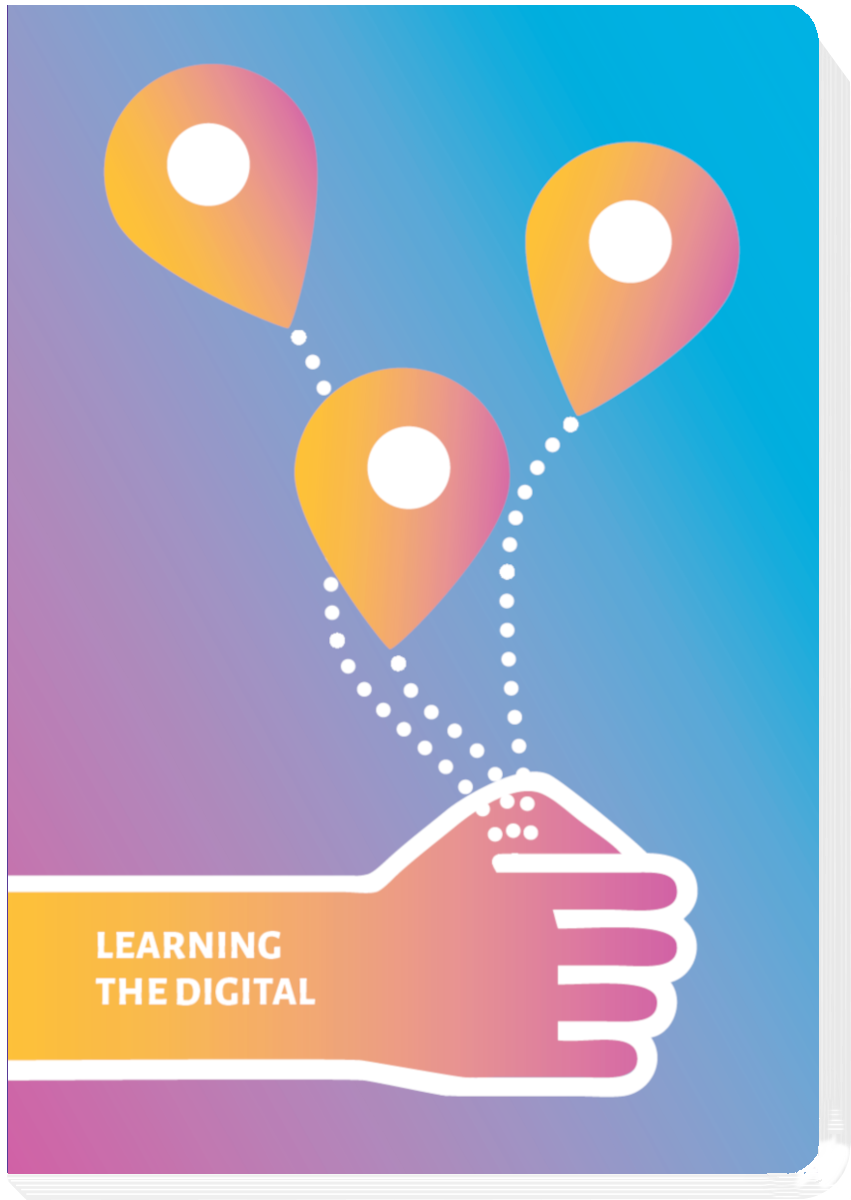Contents
Goals
- Understanding the concept of a smart city.
- Learn about the impact of digitalisation of public infrastructure.
- Get familiar with different approaches and attitudes toward datafication and AI application in public contexts.
Introduction
We propose two different videos representing two different smart city approaches. One could represent a technology optimistic technology driven perspective, for instance “What is a smart city?” by CNBC Explains:
The other could introduce the other approach emphasising citizen inclusion and open data, such as the ideas expressed by Francesca Bria:
Steps
1. Choose your group (5-10 minutes)
Roll the dice in order to choose your team:
1: citizens and civil society organisations from the field which will become digitalised;
2: administration;
3: ethical minority;
4: big internet platform;
5: authoritarian government;
6: free choice.
2. What should become smart? (5 minutes)
The facilitators decide in advance or the participants vote on which topic they want to work on. Proposals: mobility, health, environment issues, citizen services, education.
3. Set-up (10 minutes)
Get into groups. Discuss and collect:
- what kind of data could and should be collected?
- what concrete advantages are provided by digitalisation on this topic?
- what kind of hardware would you need?
4. Data (15 minutes)
- how could the data be processed;
- how will data be transformed into information;
- what will be done with this information (design your algorithm)?
5. Participation and control (10 minutes)
- where are needs for monitoring?
- who should participate?
- how can the system be monitored?
6. Create a concept (30 minutes)
Assemble a concept and a presentation following this scheme:
- What will be done.
- Why is it necessary to invest in this solution?
- What does it require?
- How do you make use of data?
- Who is involved in monitoring and control of the systems?
- What will indicate that it is working successfully?
7. Presentation (5 minutes each)
The approaches of the different groups will be presented.
Reflection
- What can we learn from the different inputs regarding the development of a rights-sensitive and human-centred solution?
- What would be the social impact? What are the challenges?
- Consider the different domains, for example, efficiency, democracy, prosperity, life quality, and autonomy.
- Consider who will gain the most: concrete individuals and social groups.
Transfer: How does this task relate to smart city concepts that you heard about?
Inspiration: Baukraft: City creation with Minecraft
In 2016, young people were asked to develop new visions for unoccupied areas in the block neighborhood Gropiusstadt in Berlin. This approach can easily be applied to other urban contexts or by using other game platforms.
https://www.interactivemedia-foundation.com/de/projekte/baukraft/
Nils-Eyk Zimmermann
Editor of Competendo. He writes and works on the topics: active citizenship, civil society, digital transformation, non-formal and lifelong learning, capacity building. Coordinator of European projects, in example DIGIT-AL Digital Transformation in Adult Learning for Active Citizenship, DARE network.
Blogs here: Blog: Civil Resilience.
Email: nils.zimmermann@dare-network.eu






